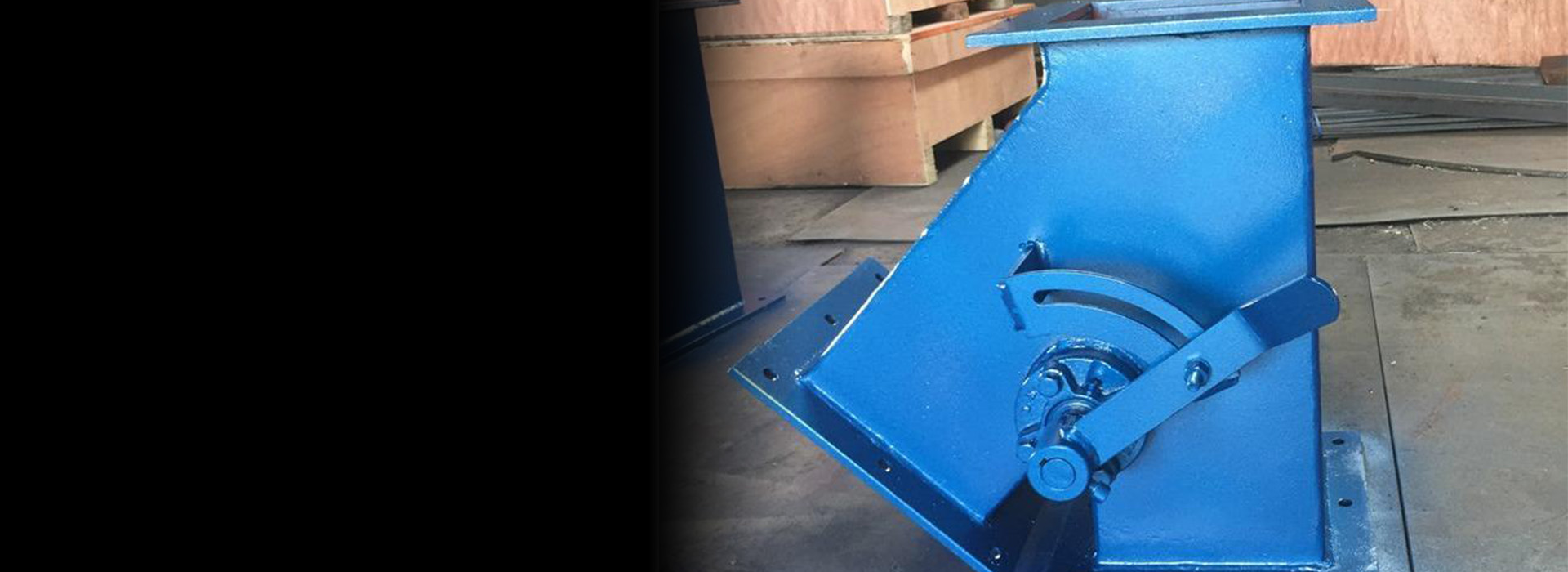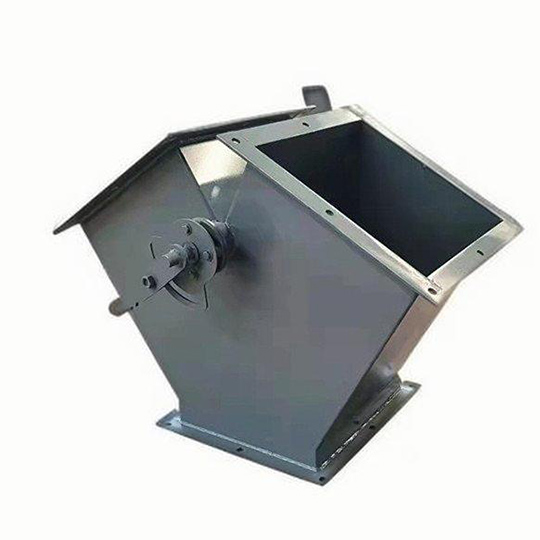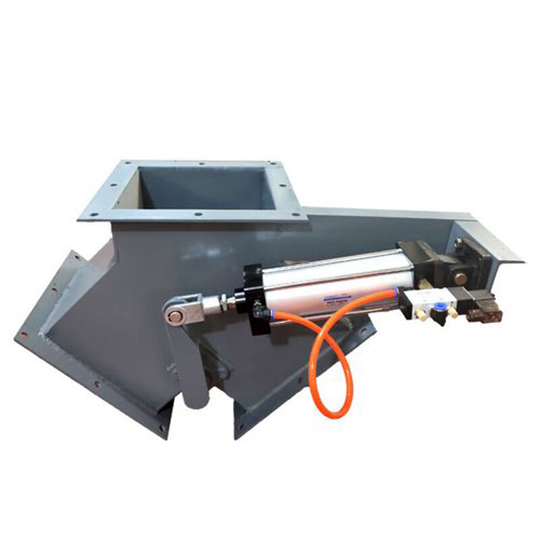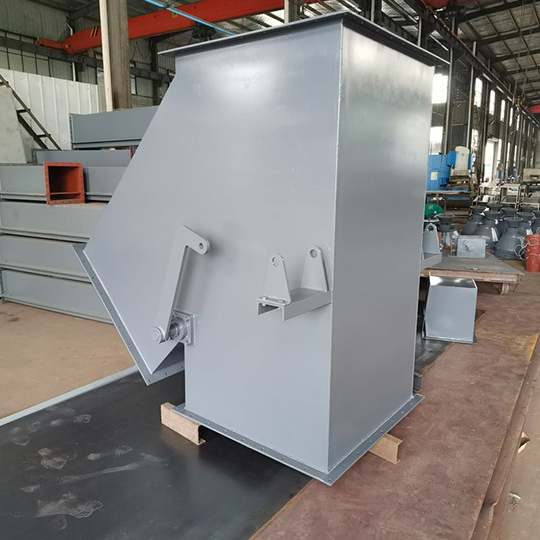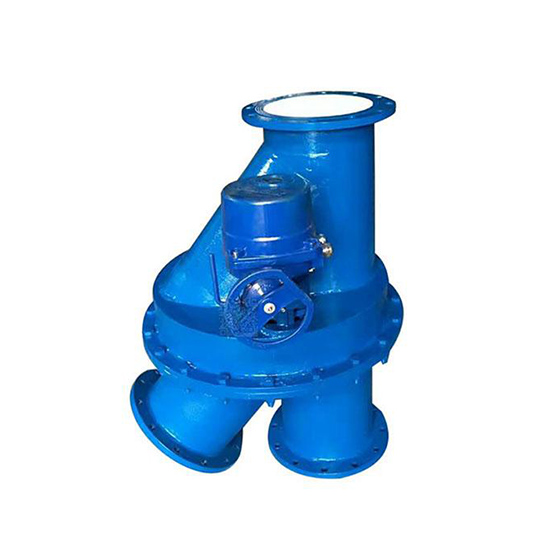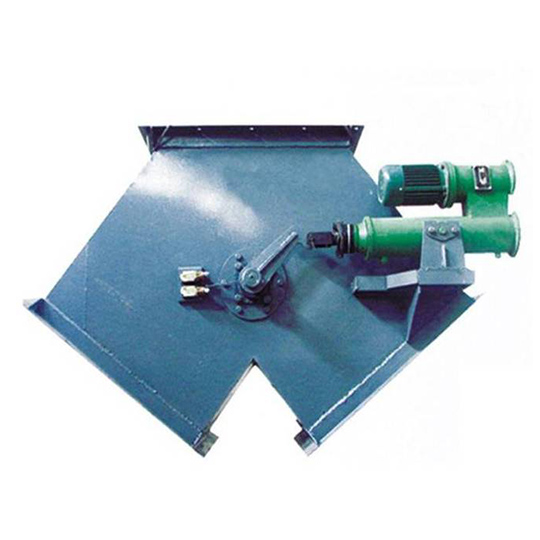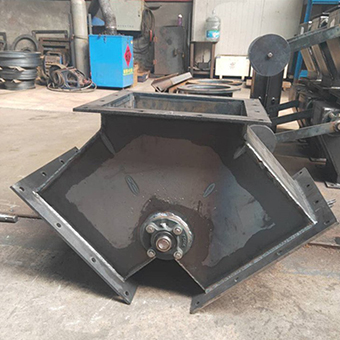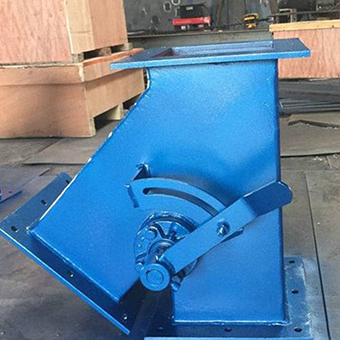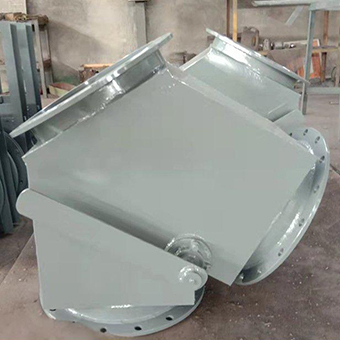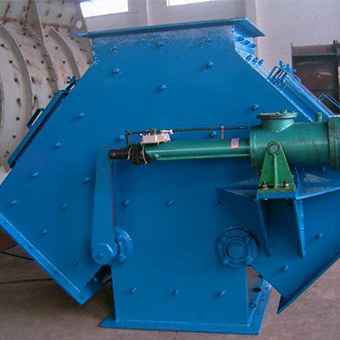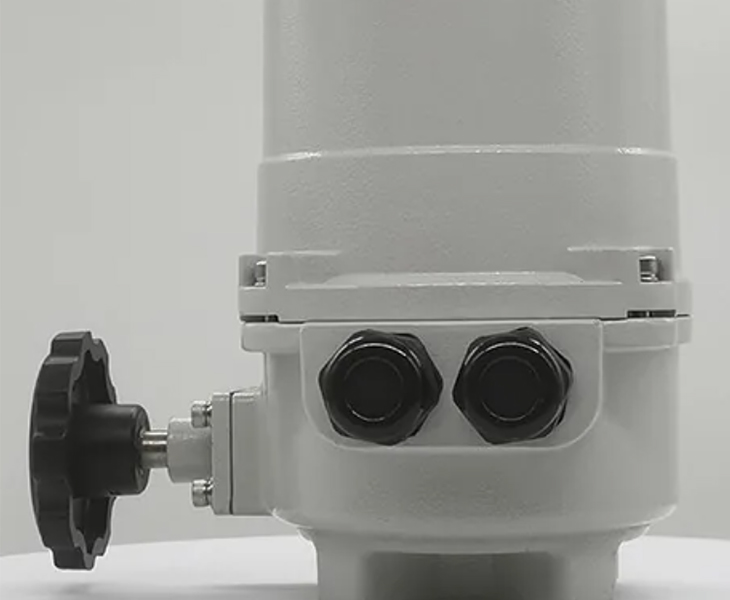Diverter valve for sale
- Simple construction
- Lightweight and compact overall dimensions
- Minimal pressure loss
- Wear compensating hard polymer seals for abrasive materials
- Food grade options available
- Material construction options available
- Available with flange or pipe fittings
- Multiple flange variations possible – Round / Square inlet & outlet
- Modular design and easy maintenance thanks to limited number of components
Diverter valve by Construction
The standard two way divert valve can ensure the uniform distribution of the fluid.
Allocate materials to different production lines.
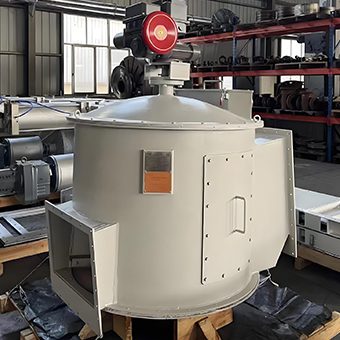
Adjust the valve body structure and driving method according to the material characteristics (particle size, viscosity) and working conditions (pressure, temperature).
Diverter valve by Actuation
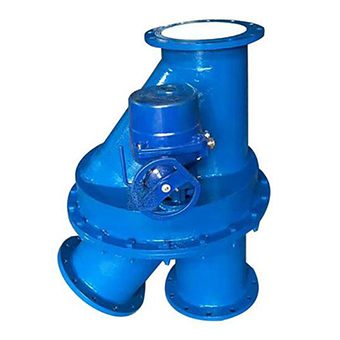
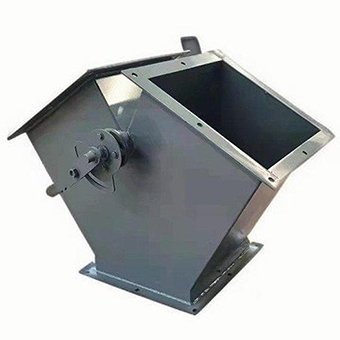
Suitable for situations with infrequent changes in traffic volume.
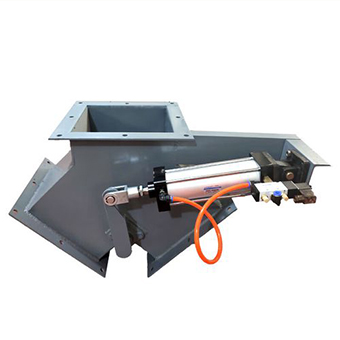
Performing well in high-temperature, high-humidity or corrosive environments.
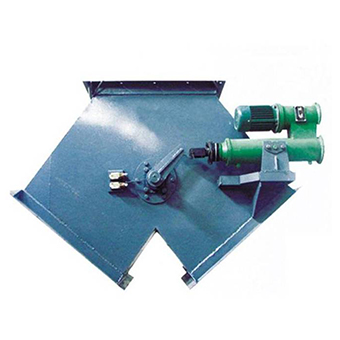
Capable of handling higher pressure and large flow ratesin heavy applications.
Diverter Valve by angle
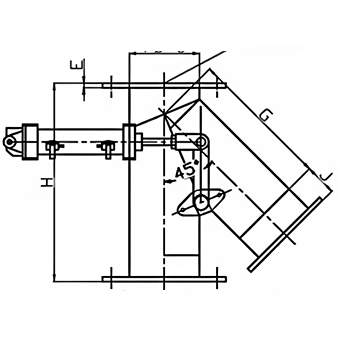
Providing a smoother flow transition and suitable for various requirements.
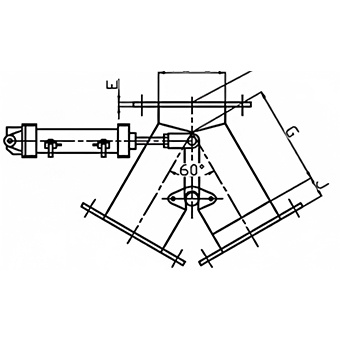
Suitable for applications with high requirements for fluid dynamics.
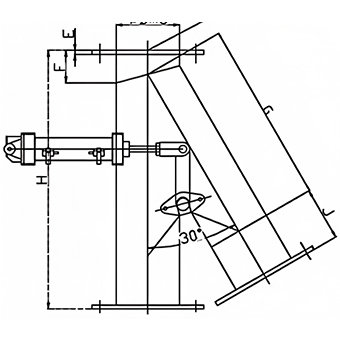
Suitable for applications with large flow rates and high pressure.
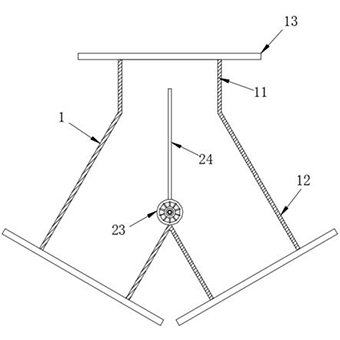
The size and shape are designed based on the on-site conditions.
Two-position switch type
A two-position switch is an electrical switch that has two states: ON and OFF. It is widely used in industrial equipment. Essentially, the two-position switch functions as a directional control valve, enabling the switching of fluid pathways in a diverter valve through two fixed positions (open/closed).
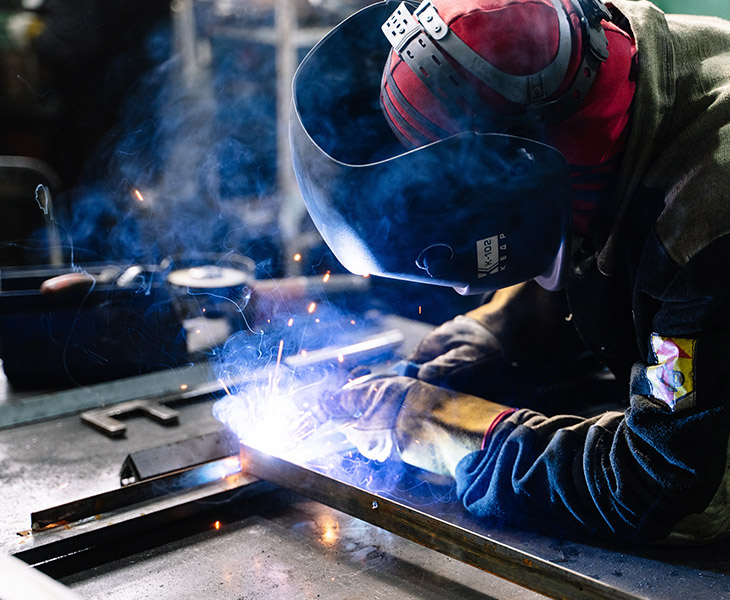
Integrated weldin
Integrated welding reduces seams and connection points, thereby lowering the risk of leaks and enhancing sealing performance. By using integrated steel plate welding or casting for valve bodies, internal flow paths transition smoothly without dead corners, minimizing material residue.
Wear Plates
The wear plate of the diverter valve utilizes high-chromium alloy/ceramic composite technology. This enhances wear resistance by five times. It also extends service life by 300%. As a result, your production line can say goodbye to frequent repairs!
We match the optimal lining material based on the characteristics of the material. This includes particle size, moisture content, acidity, and alkalinity. Our goal is to ensure precise protection for your discharge system!
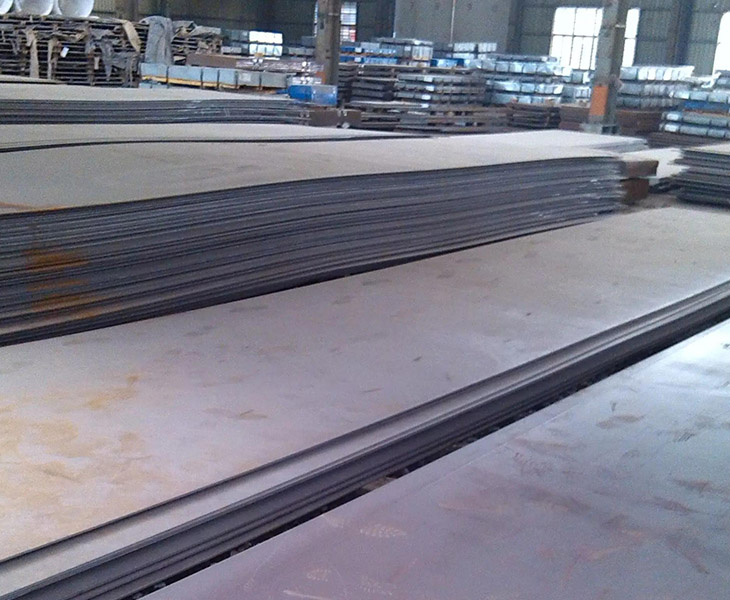
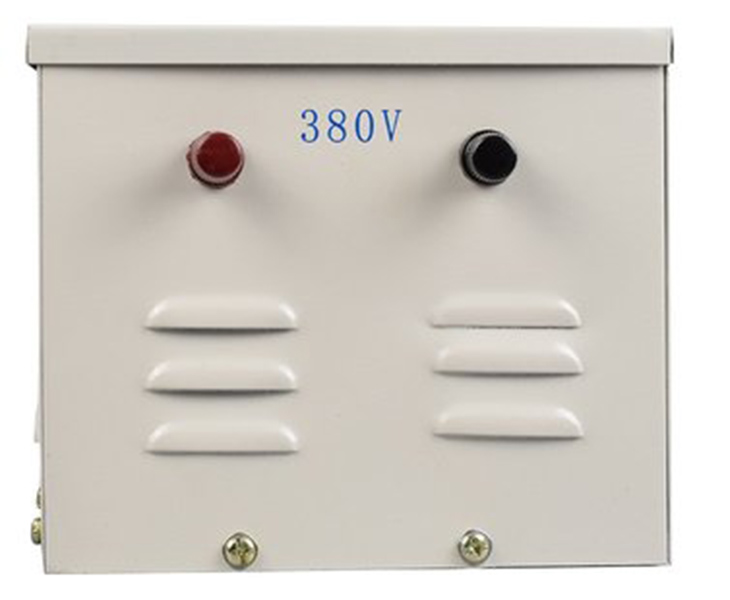
Support 380V power
380V is the mainstream voltage for industrial equipment, perfectly matching the commonly used electric/hydraulic actuators for diverter valves. This eliminates the need for additional voltage conversion devices.
Support 4-20mA signal reception
The 4-20mA signal diverter valve is the “nerve ending” of industrial automation control! It seamlessly interfaces with PLC/DCS systems and offers 0.1% high-precision adjustment. This allows for precise control of powder and liquid flow, making it as effortless as extending a finger.
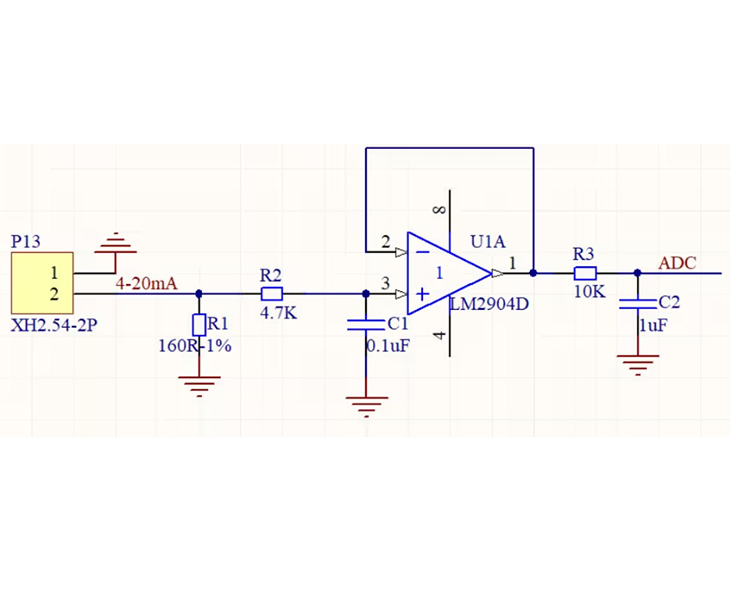
Why Our Customers Choose to Trust Us
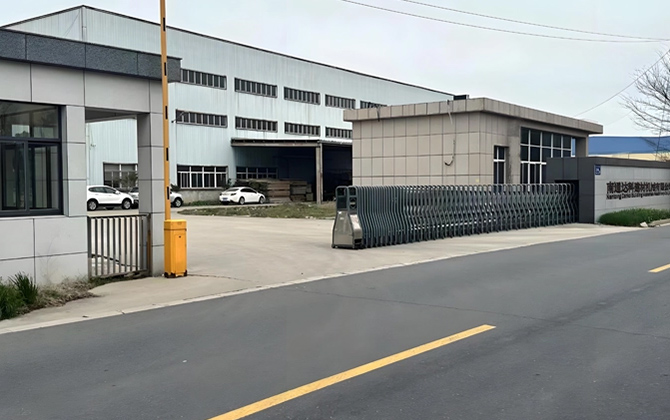
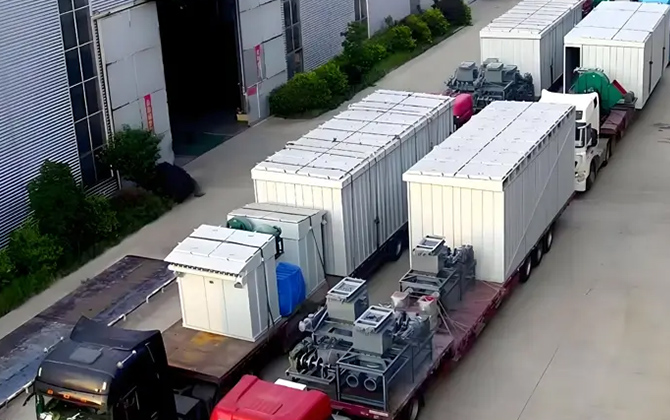
- Factory Direct Sale: To get high quality and reasonably diverter valve priced , you can come directly to our own factory without middlemen, which means you purchase products directly from the production source. Our factory is equipped with advanced production equipment and strict quality control, we pay attention to details to ensure that each diverter valve has a finished product inspection, with us you can not only enjoy personalized customization, but also get a more competitive price!
FAQs
If you have any other question not listed in FAQs, please don’t hesitate to contact us; our team will reach out to you very soon and give you personal help to answer your inquiry.
Consider factors such as material particle size, density, and abrasiveness. For highly abrasive powders, it is recommended to use ceramic coatings or hard alloy valve cores. For viscous materials, choose structures with self-cleaning functions.
Manual types are suitable for low-frequency operation scenarios, while electric/pneumatic types are better for automated control. In explosive environments, pneumatic or explosion-proof electric actuators should be selected.
A 2 way valve (standard 2 way and side 2 way) is used for single inlet and double outlet distribution, while a 3 way valve supports multi-directional distribution (e.g., two inlets and two outlets). Selection should be based on the requirements of the process flow.



